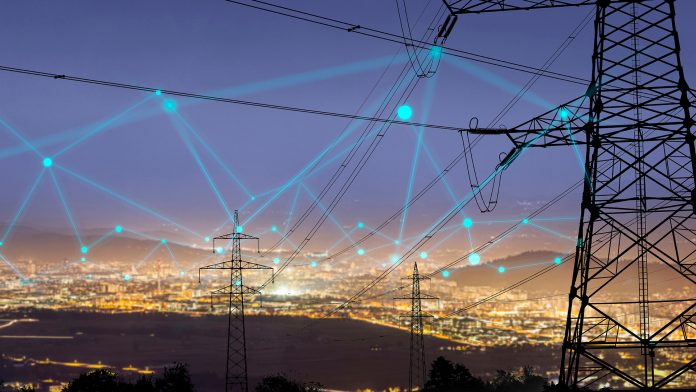To reduce greenhouse gas emissions by 55% by 2030, the Norwegian Government and SINTEF are introducing dramatic changes to the country’s electricity grid.
One of the greatest challenges facing humanity is the restructuring of the global energy system – the world’s biggest and most complex machine.
The Norwegian Government has stated its commitment to a target of reducing emissions by 55% by 2030. To achieve this, Norway must be electrified using green energy. This energy must be generated at a reasonable cost, and the infrastructure needed must give due consideration to Norwegian nature. A ‘fully electrified’ society demands an electricity grid that is both smarter and more flexible than the current system.
Securing the supplies for a green transition
Norway is well on its way to full electrification, but the country’s growing use of electricity places increasing stress on the electricity grid. By failing to safeguard supply security, these stresses will make the system vulnerable to future blackouts.
Norway currently enjoys high levels of supply security with a grid uptime of 99.98%. This means that on average, blackouts occur no more than two to three hours per year.
One aspect of safeguarding supply security is to ensure that there is sufficient capacity in the distribution system to meet the electricity needs of consumers at all times. In other words, to supply the volume of ‘work’ that consumers extract from the system at any given moment. But if everyone decides to charge their electric cars, cook, and heat their houses at the same time, the capacity of the electricity grid becomes stretched.
Both the Norwegian Water Resources and Energy Directorate (NVE) and system operator Statnett have drawn attention to issues related to electrical power balance in Scandinavia, and to the likelihood that power shortages in Norway can be expected in the years leading up to 2030.
The entire electrical power system is in a state of change. The needs of consumers are changing, their demands increasing, and a greater proportion of solar and wind power is entering the system. Naturally, this imposes new forms of stress on the distribution grid, although we currently know too little about how this will affect supply security.
In many places, electricity grid capacity is being exceeded, causing local operators to refuse supplies to existing businesses that want to expand, and new companies looking to establish themselves. This can be disappointing for local communities that miss out on opportunities for job creation and wealth generation.
The distribution grid can be expanded, and such projects are underway in many places. However, the construction of new grids is expensive and takes time.
Electricity grid capacity is not the only factor threatening supply security, as the impacts of climate change must also be addressed. New weather patterns determine exactly when solar and wind power sources can be utilised. A wetter, warmer, and wilder climate will also give rise to new and extraordinary weather events.
Digitalising the electricity grid to ensure security
To safeguard supply security, it is important to develop innovations to build resilience into the Norwegian electricity grid. If this is to be maintained, the entire power system must be digitalised.
Digitalisation can be implemented with the use of sensors and metering systems that offer better opportunities to guarantee greater operational security using monitoring and control of the distribution grid. In a pilot project being conducted at CINELDI, which is one of Norway’s national research centres for environmentally-friendly energy, SINTEF is using a sensor developed by the Norwegian company Heimdall Power. The sensor is designed to show how much free capacity is available within the grid at any one time, and provides important information on which to base the planning of a future in which flexibility is key to both the production and consumption of electricity.
Supply security is key to ensuring the transition
Effective ways of ensuring that electricity consumption by households and businesses can easily and automatically be better apportioned throughout the 24-hour day must be identified. This will enable Norway to optimise its use of the electricity grid and avoid the construction of new masts and cables in many areas. This will result in major cost savings for society as a whole.
A worldwide search is now underway to find smart solutions that will lead to a more digitalised and flexible grid system. SINTEF’s research centre has developed several solutions, but they are not yet finished.
Now, research centres, the electricity industry, and politicians must join forces to work intensively to achieve Norway’s climate change mitigation targets, while at the same time ensuring secure electricity supplies for all. Supply security, which is threatened by capacity problems, climate change, and the risk of cyberattacks, is a prerequisite for the ability to achieve the green transition.
Norway’s electricity grid represents the backbone of the infrastructure we depend on to carry renewable energy from its producers to the consumer.









